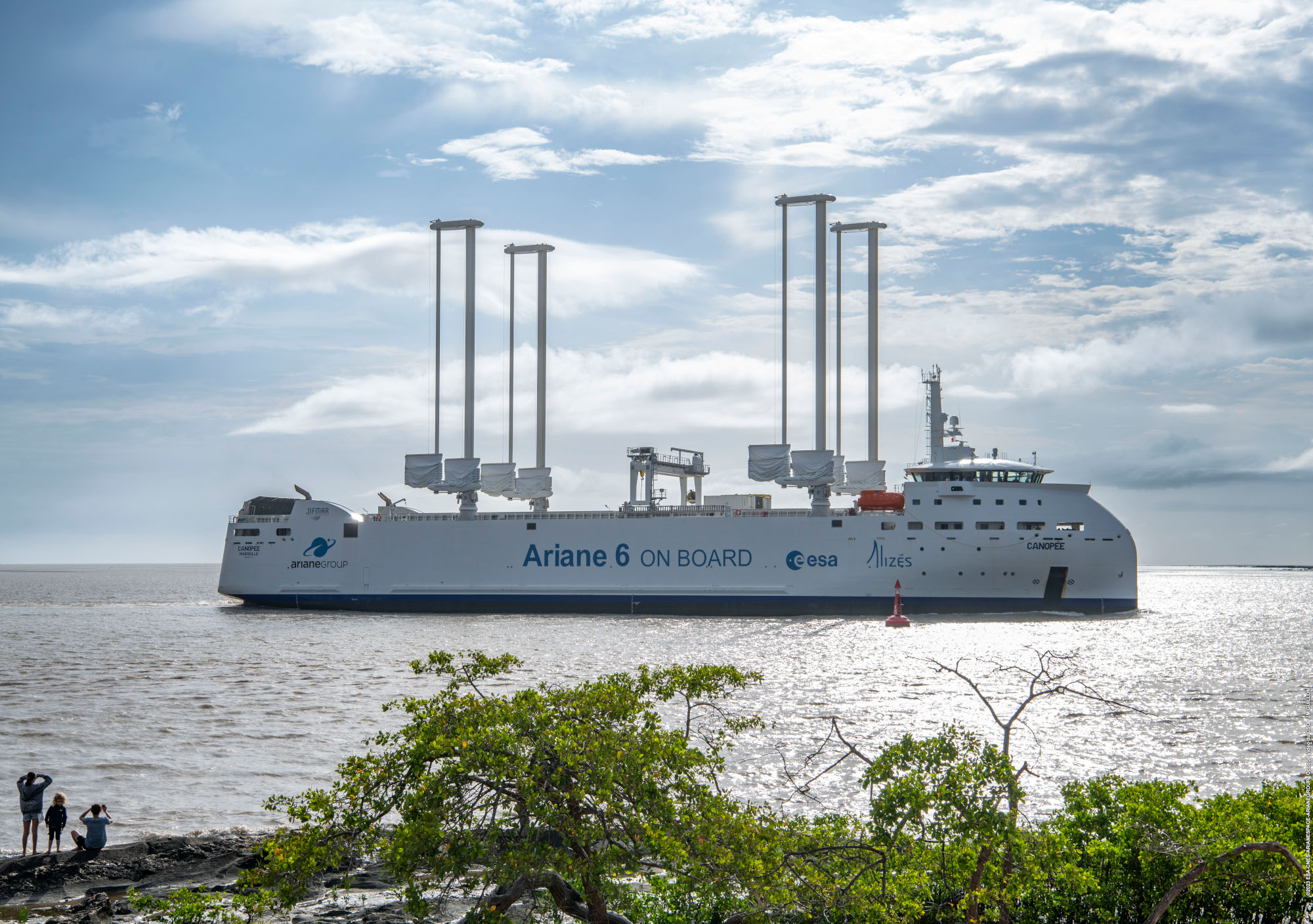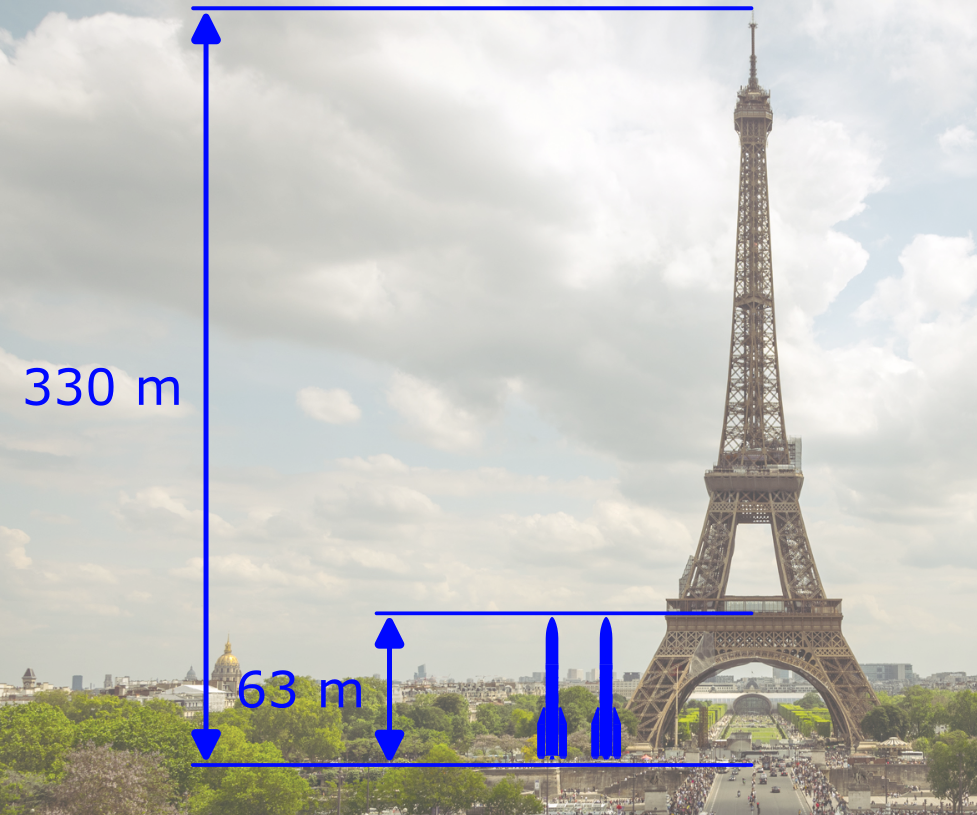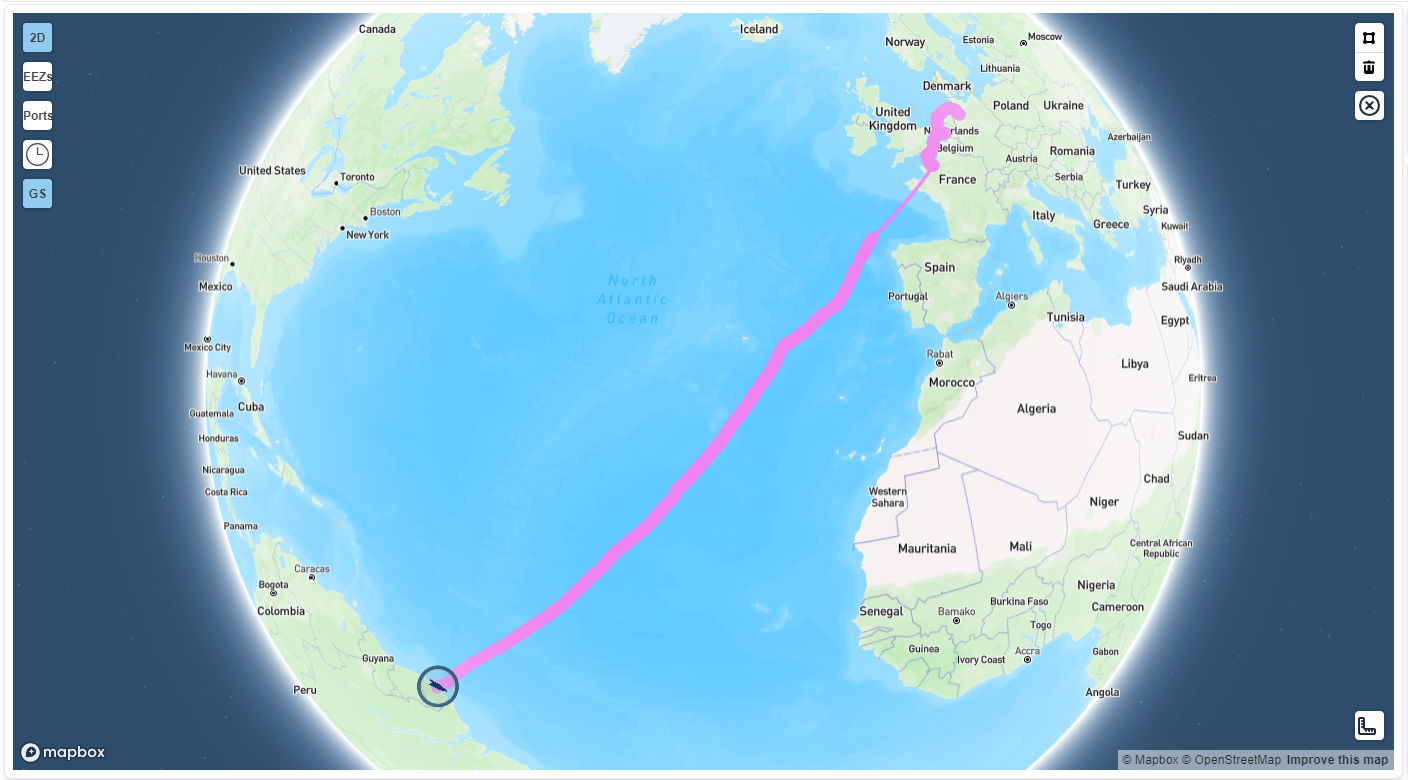Maritime transport stands as the primary mode for global goods movement, capturing over 80% of the world’s transport share [1], a figure that continues to rise steadily. Surprisingly, maritime transport even finds utility in the realm of space industry. In a previous article, we explored several remarkable vessels designed specifically for space applications, such as transporting crucial assets like rockets used to deploy satellites into orbit. The positive reception from our readers has encouraged us to delve further into this fascinating topic.
Today, let’s delve into the intricacies of one such vessel, the Canopée (IMO: 9924120, MMSI: 228438700). Commissioned by the ArianeGroup [2], this specialized vessel is tasked with ferrying components of the Ariane 6 rocket. The Ariane 6, predominantly manufactured in Europe, finds its launch site nestled in French Guiana, necessitating periodic transoceanic voyages to transport rocket parts for final assembly at the Guiana Space Centre [5], strategically positioned near the equator for optimal access to any orbit. The Canopée vessel measures 120 meters in length, 22 meters in width, with a draft of 5 meters. Notably, it boasts special wings designed to minimize CO2 emissions.

Inaugurating its maiden voyage in 2023, the Canopée commenced its role as a rocket transporter in 2024, ferrying the first Ariane 6 rocket for its impending inaugural flight.
Eager to track the Canopée’s journey from Europe to French Guiana, I utilized our innovative tracking tool, OrbitSailor, with remarkable ease. By adding the vessel to our roster and activating tracking, I gained unprecedented access to detailed insights into its voyage. The Canopée stands out as one of the most #AIS data-rich vessels globally, providing invaluable information for analysis.
Before delving into the specifics, let’s briefly discuss the Ariane 6 and its impact on the logistics chain. The Ariane 6, a four-stage rocket featuring solid boosters (2 or 4, depending on configuration), towers at an impressive height of 63 meters. To put it into perspective, envision standing on the first floor of the Eiffel Tower and realizing you could be as high as the top of the rocket.

Despite its size, the Ariane 6 pales in comparison to behemoths like the Saturn V, which famously propelled humans to the Moon.
Returning to the Canopée, its design accommodates various cargo types, from elongated rocket bodies to custom-sized cargo, with the potential to carry both rockets and satellites concurrently. Capable of transporting up to 5000 tons of cargo and reaching speeds of up to 16.5 knots, the vessel’s groundbreaking foldable wings enable maneuverability in ports while aiding in fuel conservation and emissions reduction.
Analyzing AIS data captured by #OrbitSailor during the period spanning late January to late February 2024, we observe the Canopée embarking from Bordeaux, France, on the evening of February 1st. After a stopover in Bremen on February 4th, where rocket parts were loaded, the vessel resumed its journey on February 6th, maintaining an average speed of 12.6 knots. Subsequent stops in Rotterdam and Le Havre facilitated cargo handling, with the final leg of the transatlantic voyage commencing on February 10th, culminating in French Guiana on February 20th, averaging a speed of 15.7 knots.

According to VPLP Design company [3], the Canopée achieves substantial fuel savings of up to 3.5 tons per day at sea, potentially amounting to 35 tons of fuel saved for the entire Europe to South America journey, translating to over 100 tons of reduced CO2 emissions.
The successful delivery of the precious cargo by the Canopée reinforces its pivotal role as the European Gateway to Space. Anticipation mounts as we await the Ariane 6’s ascent into the heavens. Remember, just as vessels traverse the seas, all space assets are akin to vessels navigating the cosmos. “Sea & Space” – eternally linked through OrbitSailor.
For deeper insights into vessel performance, feel free to reach out, and let’s explore how OrbitSailor can unlock the full potential of AIS data.
